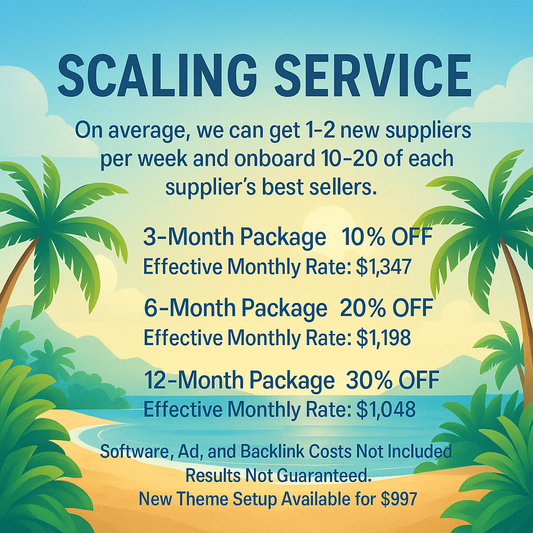
Bottom-Up AI vs Top-Down: 7 Key Differences Explained
Understanding Bottom-Up AI vs Top-Down: Which Is Better for Your AI Project?
If you're researching artificial intelligence development strategies, you've likely come across the terms bottom-up AI and top-down AI. These two approaches define how intelligent systems are designed, trained, and deployed—and each has unique strengths and limitations.
In this article, we’ll break down bottom up AI vs top down in a listicle format to help you easily understand the differences and decide which approach fits your goals best.
1. Definition and Core Concept
-
Bottom-Up AI: Builds intelligence from the ground up. Inspired by how the human brain learns through experience and feedback.
-
Top-Down AI: Mimics human logic and reasoning using rules, structures, and predefined knowledge.
2. Development Strategy
-
Bottom-Up: Uses data-driven techniques like neural networks and deep learning to "learn" patterns.
-
Top-Down: Starts with expert knowledge and logical frameworks to simulate decision-making.
3. Learning Style
-
Bottom-Up AI: Learns from massive datasets. Improves with more data and training cycles.
-
Top-Down AI: Does not learn automatically. Requires human experts to update rules and knowledge bases.
4. Common Use Cases
-
Bottom-Up: Chatbots (like ChatGPT), voice assistants, image recognition, predictive analytics.
-
Top-Down: Medical diagnostic systems, legal decision trees, formal logic tools.
5. Flexibility and Performance
-
Bottom-Up: Highly flexible and good at handling uncertainty, randomness, or ambiguous input.
-
Top-Down: Performs well in structured environments but struggles with new or changing scenarios.
6. Transparency and Explainability
-
Bottom-Up: Often lacks transparency (black-box models), making decisions harder to interpret.
-
Top-Down: Transparent by design. Rules are clearly defined and decisions are traceable.
7. Best Fit for Your Needs
-
Bottom-Up AI is best for:
-
Natural language processing (NLP)
-
Autonomous systems
-
Data-heavy environments
-
-
Top-Down AI is ideal for:
-
Compliance tools
-
Formal reasoning engines
-
Domains where rules rarely change
-
Bottom-Up AI vs Top-Down: Final Verdict
When comparing bottom up AI vs top down, the best choice depends on your project. Many modern systems combine both to form hybrid AI, offering the learning capacity of bottom-up with the structure of top-down.
Whether you're building an AI startup or integrating automation into your business, understanding these two models is the first step to smarter innovation.


















